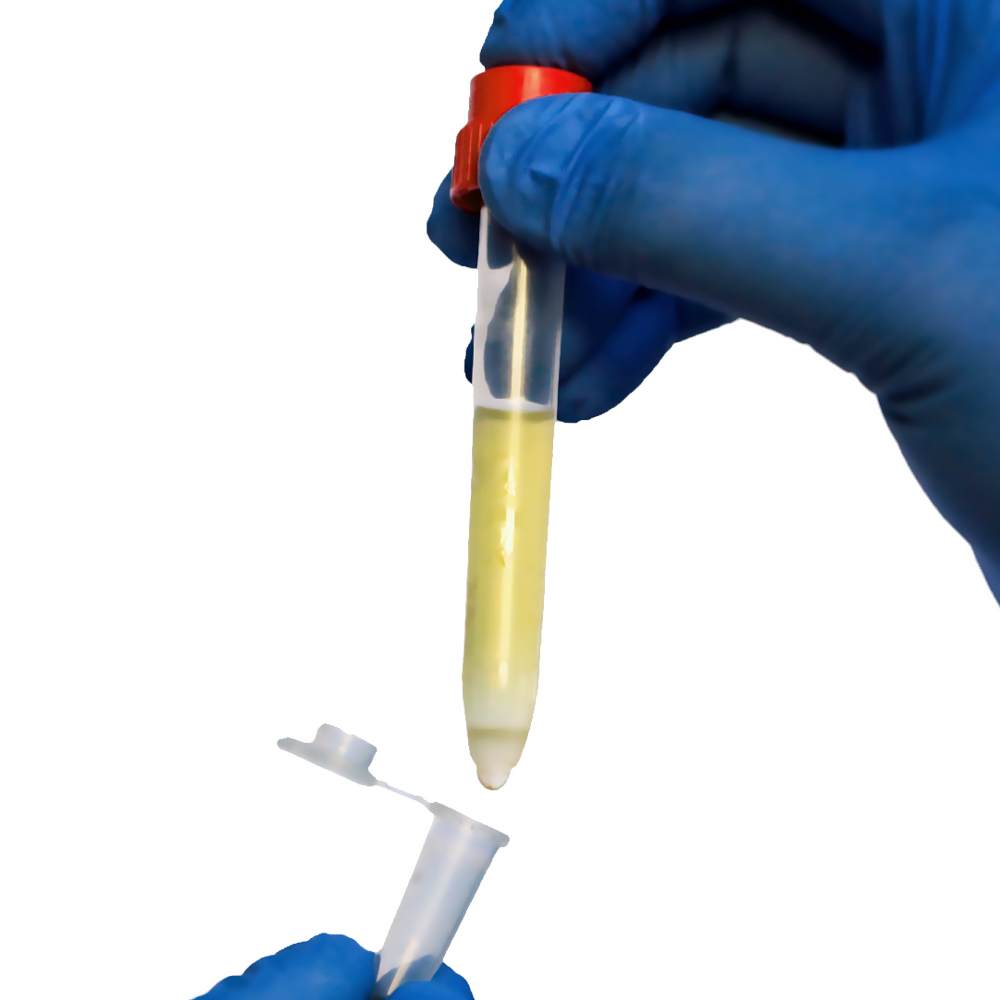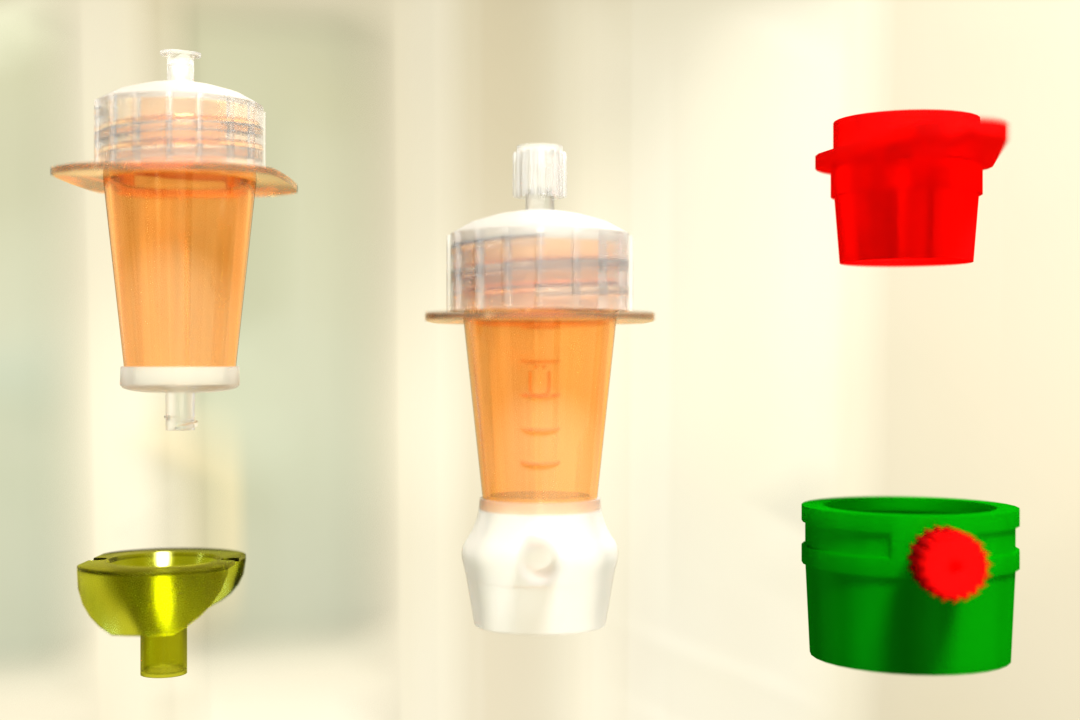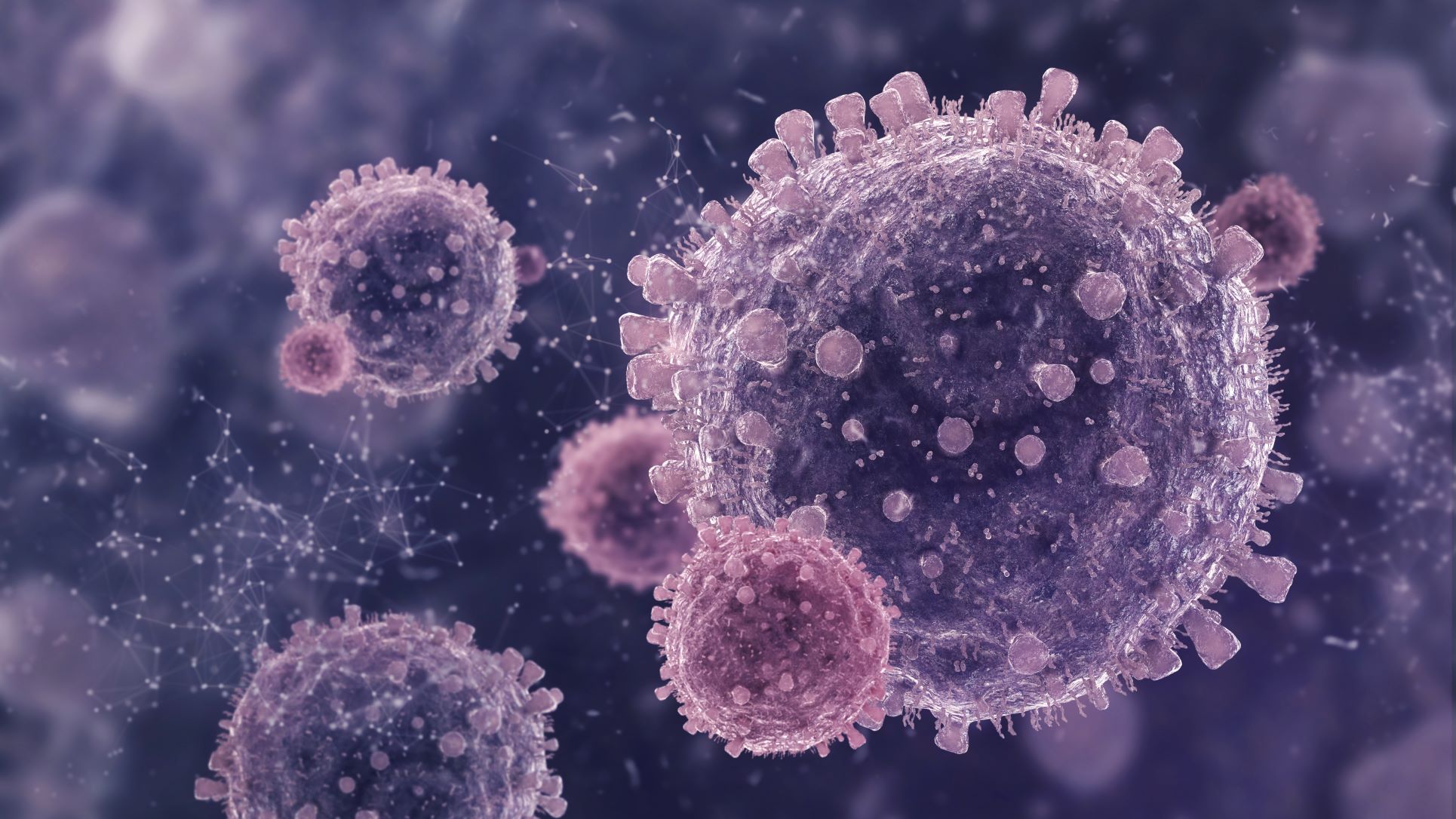Explore density gradient centrifugation, a precise and transformative technique redefining scientific research by enabling the accurate isolation of specific cell populations for in-depth analysis.
Precision and accuracy are paramount in the world of scientific research. Researchers constantly seek innovative methods to isolate specific cell populations and particles for in-depth analysis. One such innovative technique that has transformed the field of particle separation is density gradient centrifugation. This method, also known as Ficoll-Paque, Pancoll, or Lymphoprep, is the go-to approach for separating peripheral blood mononuclear cells (PBMCs) from red blood cells (RBCs) and other blood components based on their differing densities. In this blog, we will delve into the world of density gradient centrifugation, exploring its significance, advantages, and the tools that make it possible.
The Significance of Density Gradient Centrifugation
Particle separation techniques lie at the heart of various scientific disciplines, including immunology, hematology, and cell biology. Among the multitude of methods available, density gradient centrifugation has emerged as a game-changer, offering unmatched precision and versatility. At its core, this technique empowers researchers to meticulously isolate peripheral blood mononuclear cells (PBMCs) from the vast sea of red blood cells, a pivotal step in numerous research endeavors.
The critical significance of density gradient centrifugation becomes evident when considering its myriad applications. It serves as an indispensable tool for studying immune responses, elucidating the behavior of specific cell types, and conducting research that demands the isolation of uncontaminated cell populations. This capability to isolate PBMCs with unwavering precision has transformed the scientific landscape, allowing for experiments of unparalleled quality and reliability.
One of the hallmark features that distinguishes density gradient centrifugation is its ability to preserve the integrity of isolated cells. Traditional separation techniques often subject cells to stress, which can potentially compromise their functionality and viability. In stark contrast, density gradient centrifugation minimizes stress-induced cell damage, ensuring that the isolated cells remain in optimal condition for subsequent analyses.
Precision in cell isolation translates to the elimination of unwanted cell type contamination, effectively reducing experimental noise and minimizing variability. This level of purity is especially crucial when investigating rare cell populations or conducting experiments that mandate uncontaminated samples. In essence, density gradient centrifugation is the bedrock upon which rigorous, reproducible, and high-quality scientific research is built.
Enhancing Experimental Precision with Density Gradient Centrifugation: Applications and Future Prospects
The transformative impact of density gradient centrifugation extends far beyond the laboratory. Its applications span a multitude of scientific disciplines, each benefiting from its unparalleled precision and reliability. Let’s explore some of the key domains where this technique has left an indelible mark and take a glimpse into its promising future.
Immunology Advancements: In the field of immunology, the isolation of PBMCs using density gradient centrifugation has been instrumental in deciphering immune responses. Researchers can investigate immune cells’ behavior, study cytokine profiles, and unlock the secrets of immune system functionality with unprecedented accuracy.
Hematological Insights: Hematology researchers have harnessed the power of density gradient centrifugation to isolate distinct blood cell populations, such as platelets, monocytes, and leukocytes. This has led to a deeper understanding of blood-related disorders and improved diagnostic techniques.
Cell Biology Breakthroughs: Cell biologists have leveraged this technique to separate specific cell types for further analysis. From elucidating the intricacies of stem cells to characterizing the behavior of cancer cells, density gradient centrifugation offers a gateway to comprehensive cell biology studies.
Emerging Frontiers: The future of density gradient centrifugation holds promise in areas like regenerative medicine, where researchers aim to harness the regenerative potential of stem cells. Additionally, advancements in single-cell analysis techniques will further accentuate the significance of precise cell isolation methods.
As we journey forward in the realm of scientific exploration, density gradient centrifugation stands as an ever-reliable ally, guiding researchers toward new horizons of discovery. Its applications continue to evolve, and its potential remains boundless, making it an indispensable tool for those seeking to unravel the mysteries of the natural world.
The Best Tools for Density Gradient Centrifugation
To fully harness the potential of density gradient centrifugation in scientific research, the selection of appropriate tools is paramount. In this regard, pluriSelect stands as a beacon of innovation, offering an array of optimized density gradient media tailored to the unique requirements of different blood cell populations. Their product lineup encompasses PBMC-Spin, Leuko Spin, and Monocyte Spin, each designed to cater to diverse research needs and sample conditions. Whether working with fresh blood samples or aged specimens, pluriSelect’s solutions are meticulously engineered to minimize contamination and enhance the efficiency of cell separation.
For researchers yearning for simplicity and efficiency in their workflows, pluriMate emerges as a unique and transformative solution. At the heart of pluriMate lies a porous sponge barrier strategically positioned at the bottom of the centrifuge tube. This innovative feature eliminates the laborious and time-consuming process of overlaying sample material with the separation medium, streamlining the procedure and guaranteeing pristine cell separation during centrifugation.
In pursuit of a versatile and cost-effective option, researchers can turn to TwinSpin centrifugation tubes, a testament to ingenuity in the realm of scientific tools. These tubes provide the flexibility to fill them with the density gradient medium (DGM) of choice, enabling the efficient separation of cells from whole blood or bone marrow. TwinSpin’s design is meticulously crafted to minimize cell stress, rendering it ideal for scenarios where small cell counts are involved or when customized pre-filling is desired.
Conclusion
Density Gradient Centrifugation, renowned by various names such as Ficoll-Paque, Pancoll, or Lymphoprep, stands as the best particle separation technique that has redefined the standards of precision and reliability in scientific research. By enabling the isolation of specific cell populations with unparalleled accuracy, this method empowers researchers to delve into the intricacies of cell biology, opening the doors to innovative discoveries that shape the course of scientific progress.
In the relentless pursuit of scientific excellence, the choice of tools plays a pivotal role. pluriSelect’s extensive range of density gradient media, separation tubes, and innovative solutions like pluriMate and TwinSpin ensure that researchers have access to the finest tools tailored to their specific research needs.
Embrace the precision and efficiency that density gradient centrifugation offers in your research journey, and unlock the full potential of your scientific studies. Whether you are investigating immune responses, characterizing cell populations, or unraveling the complexities of cell biology, density gradient centrifugation stands as your steadfast companion, guiding you towards the pinnacle of scientific achievement.
 English
English French
French
 German
German
 Spanish
Spanish
 Belgium
Belgium
 Italian
Italian Brazil
Brazil Chinese Mandarin
Chinese Mandarin




